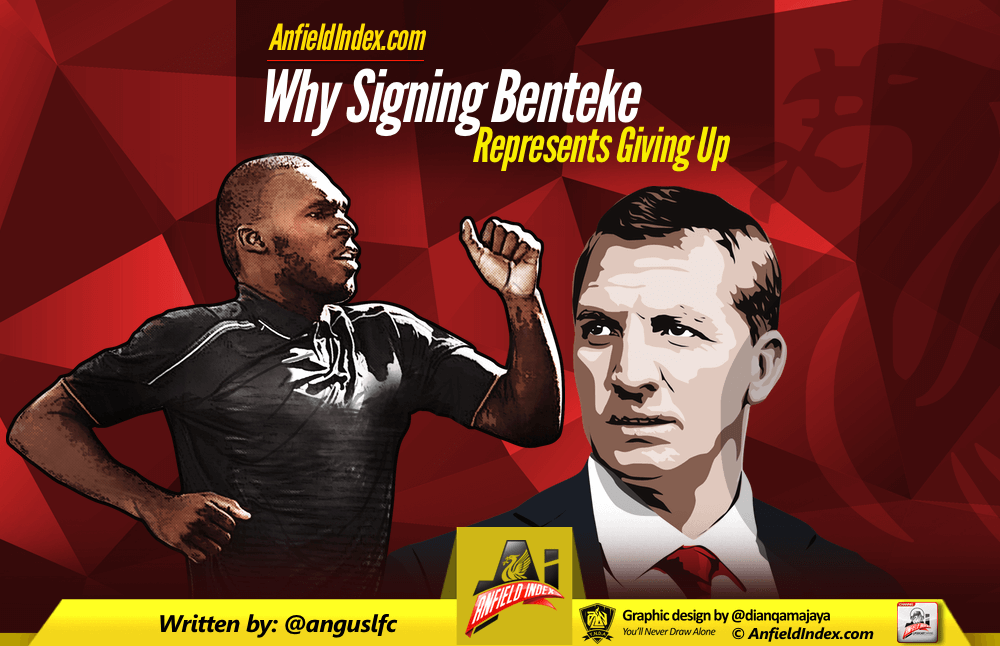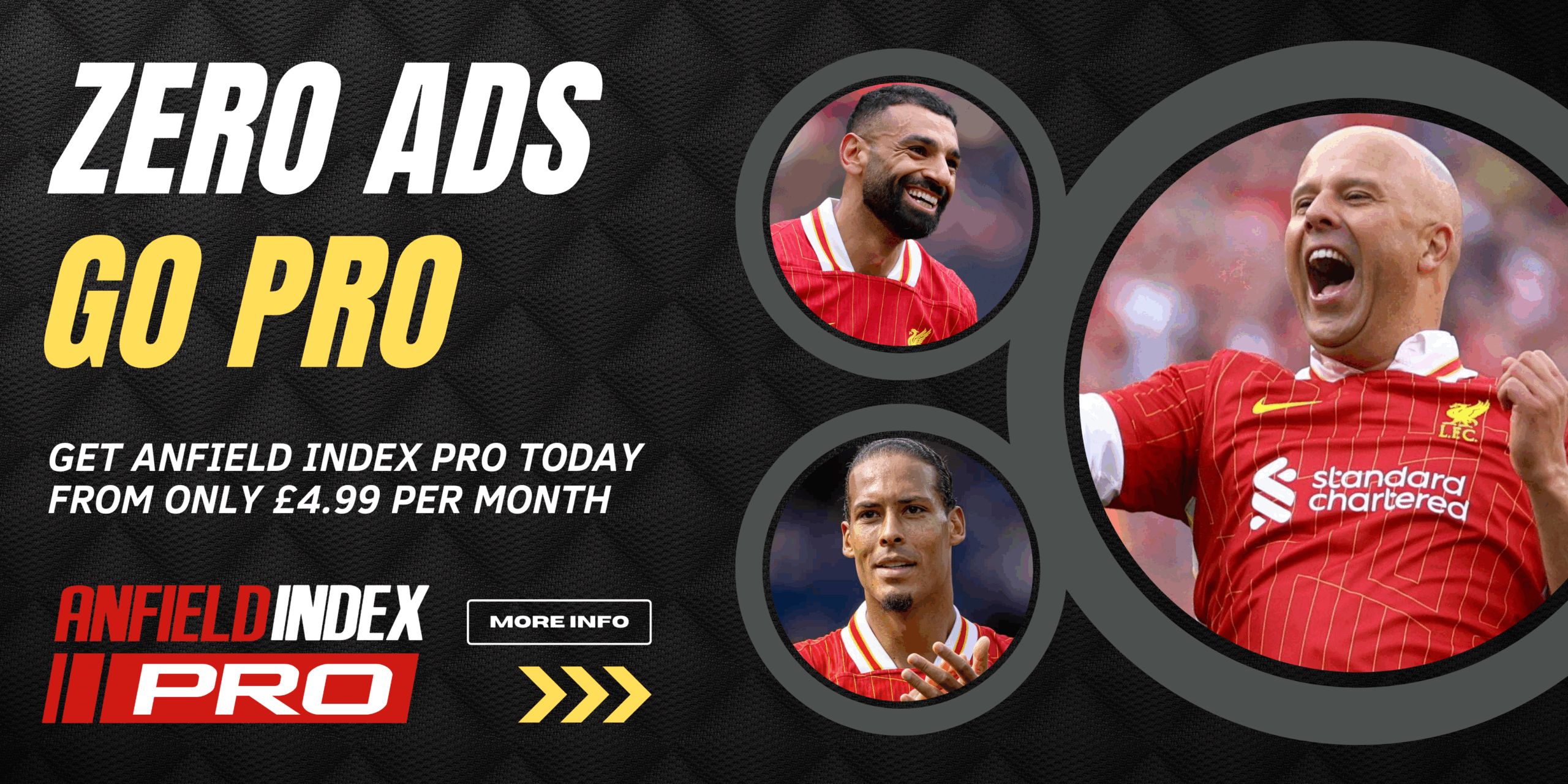When it was first confirmed that Liverpool’s interest in Christian Benteke was not going to waver, the news was mostly met wih despair from Liverpool fans. He represented everything that they didn’t want from a new signing. A target man from a lower league team with an expensive buyout clause that everyone knew would eventually be triggered.
Though inevitably after the player signed and his first (non-competitive) appearance approached, the fans warmed to the idea. It’s the same optimism that made Liverpool fans think Andy Carroll would be a success at the club, and more recently Rickie Lambert. When he scored that stunning volley against Swindon the transformation was complete, he will be a success after all.
An opinion that isn’t baseless. Benteke did come with a certain pedigree. 43 goals in 98 Premier League appearances is the definition of Premier League “proven”. He was a full international too for Belgium – a strong side.
Benteke Success Irrelevant
However the ultimate success of the 24 year old is somewhat irrelevant. His signing represents more than just plugging a gap in the Liverpool squad. Identified as the number one target from the beginning of the window, this was Brendan Rodgers’ choice and not a transfer committee signing. What this, and the early season games show us, is that Rodgers is moving on from an ideal of play that he has tried so desperately to implement in his first 3 seasons at Anfield.
Flash-back to the 2nd of Febuary 2014 and Liverpool are at the beginning of what would become a (near) title charge. One-nil up away to West Brom, Kolo Toure receives the ball under pressure. He turns, plays a blind pass and gifts a one-on-one opportunity to Victor Anichebe, which he duly slots away.
In the post match interview Rodgers refused to place blame on his defender. “I will never criticise any player, especially a defender who has the courage and the bravery to accept and receive the ball”. He possessed a back five of Mignolet, Skrtel, Toure, Flanagan and Cissoko, who all lack technical and passing ability but he regimentally stuck to a short passing style of play. Some would say admirably, others foolishly.
Change In Play
If you contrast the passing style of Mignolet from that game in 2013 to the opening fixture of the 2025/16 season you can see there has been a deliberate change. Against West Brom Mignolet played 5 balls that crossed the half way line. The distribution predominantly (and successfully) was directed at Liverpool’s right-back Jon Flanagan as well as a number of short passes to the centre-backs Skrtel and Toure. The passing success rate from Mignolet in that game was 59%.

However against Stoke we see that 10 passes are made that cross the halfway line. There is only one ball played to a full-back and the passing success rate from Mignolet is just 41%.

This briefly shows the change in the style of play that Benteke has brought with him since his move from Aston Villa in early August. The outlet that he provides due to his aerial ability is often utilised.
There could be a fair suggestion that the change in distribution is as much to do with Mignolet as Benteke, given his poor distribution qualities. These were optimised on Boxing Day 2014 where he regained his place after an injury to Brad Jones (now playing for Bradford in League 1). Mignolet took so long on the ball on one occasion he allowed it to cross the touchline and gift Burnley a corner.
Despite a remarkable turn in form in the New Year the assumption was that Liverpool would sign a GK that would be able to genuinely challenge for the number one spot. Instead Liverpool fans got Adam Bogdan.
It will be a disappointment to many that Liverpool seem to have given up on finding a genuine sweeper keeper. An addition that can at times make 10 outfield players 11. Not even raising their heads at the possibility of signing Victor Valdes who was recently a free agent, speaks volumes.
And the move away from a short passing play extends to the centre-backs. After long deliberation Martin Skrtel recently signed a new three-year contract that will keep him at the club until the summer of 2018.
The Slovakian has never been known for his passing ability and distribution from the defence usually has to go through whoever is partnering the Slovakian.
The persistence with a goalkeeper who is not adept at playing a sweeper role and a non-ball playing defender seems to show an uninspiring move away from the ideal of a short, high paced, patient passing game.
To many it will be a matter of opinion which style of play is best, however I would dismiss this suggestion.
Any modern team that has ambitions of being a top-level side looks to play, at the very least, a mixed style of play. The ability to play a way out of danger is essential. Therefore moving towards a more direct style of play is dangerous. There seems to be an admission that Brendan Rodgers doesn’t believe that he has the players or capability to turn Liverpool into one of the world’s top club sides.
This seems remarkable for a team that only two years ago he led to within three games of the Premier League title. But is Rodgers just being realistic?
Liverpool Lack Financial Power
In this brilliant article from Paul Tomkins he paints a rather bleak picture for Liverpool fans.
To greatly summarise: Liverpool don’t have the spending power to properly challenge. Only City, Chelsea and United are able to propel themselves into the “Title Zone” (a total squad value required to win the League). Liverpool never really gets that close.

Given the spending policy of FSG to buy young players with resale value, the hope will be that a team of young talents could blossom and break the mould, however this seems unlikely. Losing a player who was recently shortlisted as a top three player in Europe is one thing, but Raheem Sterling’s departure should send some alarm bells ringing. To say that his motive was purely monetary is wrong. The reality is that Manchester City is a team that consistently challenges for the title. They are able to sign a £32m defender (Mangala) and when he doesn’t hit the ground running sign a £28.5m replacement a year later (Otamendi). Liverpool simply can’t do that.
The reasonable conclusion is that the Liverpool team will never have enough players coming to the peak of their powers at any one time to achieve any great success.
Time to give up?
So, what is the end game? Should Liverpool fans call it a day and instead channel their interest into the Great British Bake Off?
Of course not. There are still positive signs for sure. Despite entering talks at the end of last season where many Liverpool fans thought Rodgers could be fired his position at the club has only seemed to have been strengthened. A number of the coaching staff have been dismissed on his instruction and replaced with his own choices.
Furthermore Rodgers has controversially favoured signings that he authorised himself over those made by the transfer committee. The starkest example is persisting with the much-maligned Dejan Lovren ahead of top performer Mamadou Sakho. Recently Tony Barrett of The Times revealed the full list of signings.
It goes a long way to explaining the exclusion of further squad members Alberto Moreno and Lazar Markovic, the latter a £20m signing who now struggles to make the bench.
What this shows is that it is still very much possible that Brendan Rodgers has a vision intact which he will be allowed to continue.
Furthermore signings such as the £32m on Benteke and £29m on Roberto Firmino show that ambition remains.
Still, it could be said that Rodgers is playing his own players (those that he trusts) in desperation for results, and keeping his job, rather than as part of any long-term ethos. Additionally the big money singings being brought in are largely just recycling transfer fees received. Liverpool’s net spend this season is only £23.46m.
So where do Liverpool go from here?
The aim now must be to qualify for the Champions League consistently. A huge chance to do this has already been missed given that last season Liverpool allowed a very average Manchester United side to finish 4th . United can absorb the loss of one season out of the Champions League, but two years out of Europe’s top competition would have been interesting. Since then United have missed out on many transfer targets but still have strengthened, particularly in midfield with the arrival of Morgan Schneiderlin and Bastian Schweinsteiger and most now favour United to finish above Liverpool.
Last season’s calamity has seemed to adjust the short-term goals of the club. A fear that trying to play the football that propelled Liverpool to the top of the league could cause another equally disastrous year as the one that followed. The dream of consistently challenging for the title is gone, and Liverpool will again simply be aiming for Champions League qualification, the target for Rodgers when he took charge of the club.
In many ways it’s back to square one.







Skrtel is Slovakian, Not Serbian. 🙂
Very thoughtful piece. I didn’t think I would like it from the title, thought it might be a bit of a ‘hatchet job’ but really enjoyed it.
thanks!
So this author thinks Martin Skrtel is Serbian, even repeating it to confirm that view. Stopped reading right there.
In my defence after a second draft i get other people who aren’t football fans to proof read (my family) and they won’t pick up that kind of thing.
Dont blame you for not continuing!
For what it’s worth, anyone who would stop reading because of an elementary mistake – one incidentally that can happen to anyone who writes an awful lot, (as I know full well from working on my history masters)must be seriously prone to dramatic over-reaction. I would understand it if the whole point of the article ‘hinged’ on the nationality of our centre-backs but strangely…it doesn’t. Of course, these things should be pointed out or changed in the proofing but sometimes they just..get through. Seeing as TAI is a website run by supporters and anyone is invited to contribute I think the occasional error can be forgiven. Especially when someone has written a decent and balanced piece.
“lifelong liverpool fan” but repeated on skrtel being serbian ..
this lifelong fan stopped reading rght there
I wanted to read, “why signing Benteke represent giving up” I am not sure I got the full meal on particularly why though. I can understand his frustration particularly, his point on ManU securing the 4th spot which was a crime committed by Liverpool against we the fans really and, I based this on how poor they were last season…My submission is that we hope for a good season if only Brendan recognises that loosing against the teams you are contesting against marks the beginning of the end of any attempt to secure a place in the top 4, starting from tonight
I think qualifying for CL is an admirable and achievable goal for Liverpool. Once in, more money will come and they will be able to compete for more star players. That’s not to say they have done poorly this year. Quite the contrary. Benteke, Firmino, Cline, Milner, and Gomez are all quality additions and Ings may pan out as well. There is no doubt that this is a better club that should have good results this year which sets the team up for even greater things in the future. It would be nice to be able to spend £100 mil for a player like Bale but that doesn’t mean that Liverpool can’t put together a very good club.
Sorry but this is a crap article. The so called “rift” between “committee signings” and “Rodgers players” is made up and overplayed. What makes you think a manager fighting for his job wouldn’t field his absolute best rather than calming his ego? Furthermore, there have been examples of teams that don’t spend as much as we do but consistently challenge for the title (ex athletico). Many others things that are not just disagreements but straight up just wrong analysis. Article is when factually incorrect.
So Sakho doesn’t make the bench but has been offered a new 100kpw contract? I can take criticism but honestly I think your choice of words is ironic since what you said was as close to factually incorrect as you can get.
Sakho is our most consistent defender, he wasn’t on the bench because he’s been on paternity leave due to his (first?) child being born which meant he hasn’t trained with the first team very much as far as I’m aware.
Yes, and what? He might be seen as a crucial player in the cup games including Europa league. Stop trying to sensationalize every little thing that goes on in the club because You have no clue. Makes you sound kinda naive.
How did you think Benteke do last night?
Singing benteke from a ‘lower league team’???
Aston villa are not a lower league team….
they finished 17th last season?!
Hi Angus,
In future you might want to label what all the various arrows in a graphic represent i.e. successful throws/kicks or possession lost etc…
Regards
yeah i will definitely look into that. I pulled the graphics from Squakwa which I’m not used to using so much but I will see if I can do that next time.
First of all, “Premier League” is a professional organization, which goal is to make money. The money comes through various channels (marketing, TV rights, …). They are happy when sugar daddies likes as Man City and Chelsea owners are investing money into their business. However, this sugar daddies don’t have always sports and profit goals. Sometimes they’re spending money just because of prestige, sometimes because of money laundering, avoiding taxes, … who cares, it’s money.
On the other side Liverpool’s owners are investors with one clear goal, to make profit. This might seems like an unfair race, but on the long run this is better option, because business policy is based on the “real foundations”.
Therefore we should look at Brendan Rodgers as a member of the board in the corporation. Of course he’s responsible for sports results, but the sports results should go only hand in hand with business results. Looking in this context BR is quite successful manager. His spendings for the young talented players are more than less in the same range as profits of the sold players. That means, more than less all TV and marketing money stays for OPEX and shares. We also shouldn’t forget that Liverpool FC are a big international brand. One of the biggest football trade marks, hey have a huge fan base all over the world, bringing enormous financial merchandising incomes every year. So, yeah, Liverpool are in the latest years big and successful business story for the owners. They should be and they are very happy with Brendans work.
Well, ok, there is a small problem. The team have to be all the time close to the top (no more and no less), otherwise on the long term the income will start to shrink. With the other words, Liverpool must compete next year in the champions league. If not … well, Brendan it was a pleasure to work with you and we wish you all the best in your future projects in some other football team.
Which is kind of my point. The club is now aiming for CL again which they think they can get with Benteke but i don’t think they can get the title with Benteke. But perhaps they don’t care about that right now.
The ambition levels have been temporarily shifted.
I think you’re mistaken about ambition levels being shifted. The ambition for Rodgers and the club was never to be winning the league within five years of Rodgers tenure.
Even when we finished 2nd, both Ayre and Rodgers said that the goal was challenging for champions League, consistently, within five years. The title run was just an added bonus and a sign of the teams potential (before loosing Suarez).
If anything, the article should be titled “Selling Suarez and giving up on a like for like replacement is a sign of giving up.” Who knows, maybe that is the hope for Firmino. He is a little Suarez-like.
Benteke should not be the scapegoat though. I remember a few years back when people were crying for a plan B… “Rodgers has no plan B” they said… just pass pass back-pass.
Benteke (and even Mario) is a sign of growth in Rodgers. Growth is good.
And for Christ’s sake. Statistical analysis requires more than two (unrelated) examples. Lazy info graphics are lazy.
Totally agree about your last statement about lazy info graphics. The results don’t come with the money only … it’s just one of the parameters. What is the most important is to have focus to reach the goal. And obviously Rodgers personality is extremely focused and he will push forward to reach his goals no matter what. But what really positively surprised me this summer, he is also able to see his own mistakes and and try to improve himself
And now we come to the point of changes in backroom staff and Benteke signing. He realized his former quick/passing/attacking game approach doesn’t bring expected results. Like you said, with Benteke signing he added this so needed versatility. From now on we are still playing quick, strong and attacking football, but passing approach is not mandatory anymore.
So, for sure no quitting or anything like giving up, far from that. Actually completely opposite, it is a new strike to reach the very top.
Wrong is the thinking that money make things happen. When you know what you want and if you are 100% commited and focused on your goals, everything comes to you. In the real world money alwasy shows up as a result of your work, and not opposite.
My stats graphics are not lazy, they show a simple change in a simple way. If you like you can look take and game from last season and compare it to any game this season and the distribution change will be the same.
The point is last season we thought we might be challenging for the title again. That ambition is gone for now. Im not surprised or that disappointed but that shift is the truth.
Also your suggestions that we should have just signed a Suarez replacement are fairly laughable since the only player who could *nearly* do that is Sanchez who we did try to sign.
@Angus … I have to apology about about one my mistake … I thought the “lazy graphics info” expression was used for money spending graph. Anyway, also this one is not lazy … I just disagree the money spendings are crucial for success.
It was good reading, except I think with this year’s changes we did one step forward to catch the competitors (not step back).
I think rodgers buying benteke showsthat he has grown as manager. Benteke allows the team to play more direct when needed and makes us more unpredictable in our game.this shows a change in rodgers that he is willing to buy players needed and is not restricted by the football he wants to play.
imo be more banterous in your articles, or else they are boring bro
I was never a fan of the Benteke purchase even when I heard the rumours. Maybe that is because I see a player like Pedro more fit to play at Liverpool, but you can’t get everything you want in life. I am sure Chelsea’s European involvement played a big role in his decision.
Now, Benteke is a Liverpool player and any ‘Long die hard Liverpool fan’ should be behind the team and give the guy a chance before he makes them eat their words.
It is somewhat childish to hear one make a decision on a player after only 3 matches, but in Football you get to see them all.
I actually never say that Benteke will be a poor signing. Actually I think he will do quite well for us.
Like you said in the article, it’s true that we lack the financial power to bring suitable players to play possession and attacking game/philosophy. That’s why our defence leaks (2013/2014) and we failed to score (2014/2015) as we failed to bring the right players into the team.
Rodgers makes a lot of mistakes and he knows that possession and attacking football philosophy alone is not effective to keep
getting points and tries to widen his approach of the game
Like when you play against bigger team or with limited by injury, play it safe and vice versa. Looking at the club financial and current ability right now, I think it’s good way to try pushing Liverpool into top 4.
Plus I don’t think signing Benteke represent giving up. Target man role isn’t he only role he can play, you can use him as complete forward. More effective & unpredictable in the game.
[…] for Rodgers’ men to create their first real opportunity as Arsenal’s makeshift backline allowed Christian Benteke way too much space to run into the box, before the Belgian cut the ball back to Philippe Coutinho […]
Liverpool have lost a supremely talented, high-potential young player, but now they must move on without him Tuesday’s victory over the All Stars showed signs that this will be very possible. How Does Di Maria Rank Among Flops?